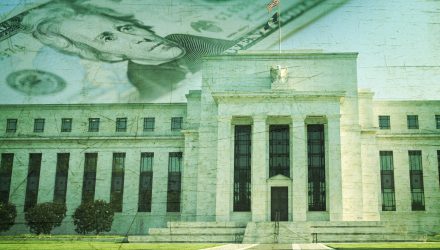“They maintain full exposure to credit risk as a primary source of return, while the built-in hedges are designed to alleviate the drag on returns caused by rising interest rates. Combined, these features change the drivers of risk and return, enabling HYHG and IGHG to target zero duration and zero interest rate risk,” Kirwan said.
To achieve their zero duration, the rate hedged ETFs include exposure to U.S. Treasury futures across the yield curve that are shorted for an aggregate equivalent, but opposite, duration to the long portfolios. Due to their short Treasury exposure, the rate hedged investment strategies can be profitable when interest rates rise.
Kirwan advised investors that these rate hedged solutions may be used as replacements for short duration strategies, bank loans, or investment-grade floating rate strategies to diminish overall portfolio duration.
Additionally, Kirwan also suggested inverse bond ETFs as an additional way for fixed-income investors to hedge downside risks. For example, investors may look to something like the ProShares Short 20+ Year Treasury (NYSEArca: TBF), ProShares UltraShort 20+ Year Treasury (NYSEArca: TBT) and ProShares UltraPro Short 20+ Year Treasury (NYSEArca: TTT).
Inverse bond ETFs are designed to move opposite a Treasury index or other bond market benchmark, but potential investors should be aware that the inverse strategies seek the opposite of the one-day return of a benchmark index. In trending periods, compounding can enhance returns due to the daily rebalancing, but in volatile periods compounding may hurt returns
By incorporating an inverse bond ETF to a fixed-income portfolio, investors can complement longer-term strategic moves, keep the majority of your portfolio’s risk profile and income intact, and reduce bond risk without selling highly appreciated bonds, which may help avoid a taxable event.
On the equity side, investors may look to something like the ProShares Equities for Rising Rates ETF (NasdaqGM: EQRR), the first U.S. stock ETF designed to outperform traditional large-cap indices, like the S&P 500, when interest rates rise. EQRR tries to reflect the performance of the Nasdaq U.S. Large-Cap Equities for Rising Rates Index, which selects 50 components from a universe of the 500 largest companies based on market capitalization listed on the U.S. exchange that have historically outperformed during periods of rising interest rates. The sector with the highest correlation will have a 30% position in the index, followed by 25% for the second highest, 20% for the third highest, 15% for the fourth highest and 10% for the fifth highest.
Financial advisors who are interested in learning more about alternative rising rate strategies can watch the webcast here on demand.
